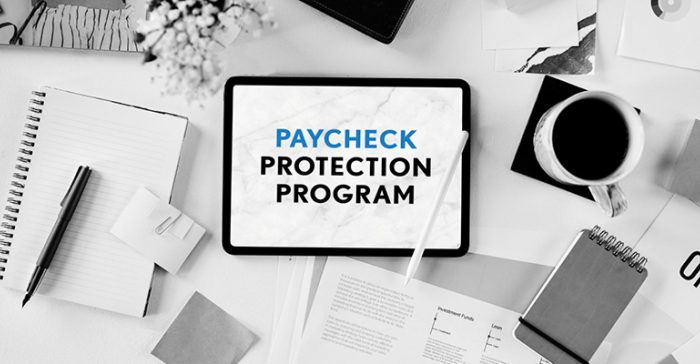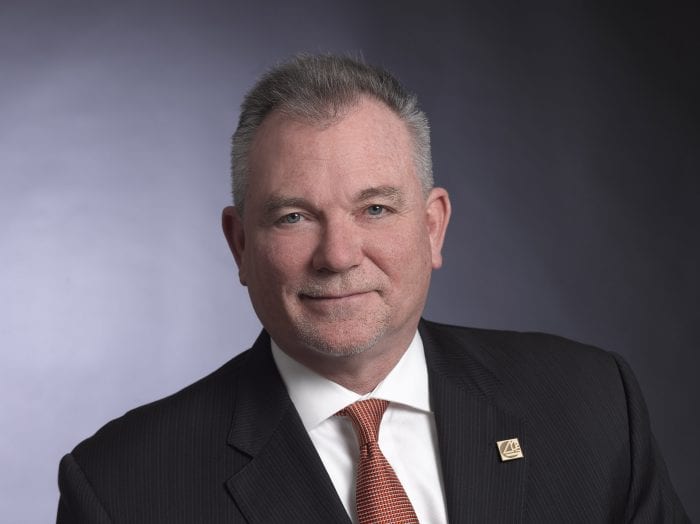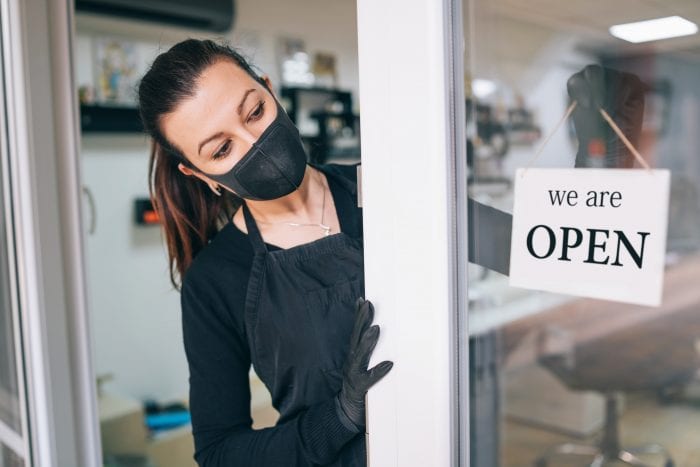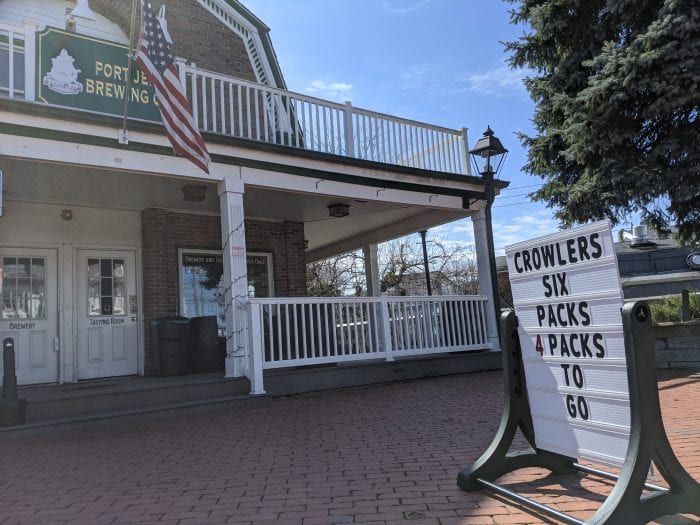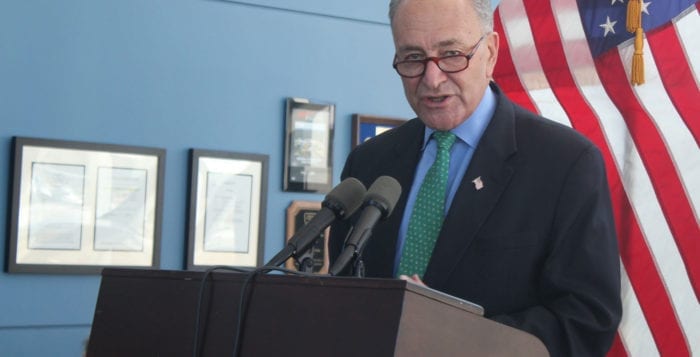By Leah S. Dunaief

A number of small local businesses applied for and received, in the course of the pandemic, money to pay their employees as their customers and revenues dwindled. Some $800 billion was made available by the federal government through the Paycheck Protection Program, or PPP as it was known for short, and overseen by the Small Business Administration. The actual lenders were banks, 5,200 of them, and they made a small percentage on what they loaned.
But according to an analysis in The New York Times, that was nothing compared to what two newcomers made as they rushed to the scene. These two companies pocketed more than $3 billion in fees, and they weren’t even lenders. It was all legal. Here’s how they did it.
Since the banks were getting a percentage of what they loaned, for each set of paperwork processed, they logically favored making larger loans for their efforts. These invariably went to larger companies. The result was that the smallest companies, asking for the smallest amounts of money, who were perhaps the ones most needing the help, were overlooked. Blueacorn was founded last year to help companies get PPPs. “Tiny businesses, self-employed individuals and minority communities are left out in the cold,” explained the CEO to The NYT.
The federal government realized this discrepancy and, last December, raised the fees for small loans, later encouraging even unprofitable solo businesses to ask for help. Both Blueacorn and the second company, Womply, which already existed but in a different niche, rushed to advertise their processing services with the PPP on behalf of these tiny businesses. Their ads were on New York City subways, billboards and Facebook, according to NYT reporters Stacy Cowley and Ella Koeze, offering “free money for those who qualify.” During that time, from late February to May 31, the companies processed 2.3 million loans, with most less than $17,000, and then turned them over to banks.
Those interested banks, now promised by the government 50% of loans valued at less than $50,000, with fees up to a maximum of $2,500, could find making small-dollar loans more profitable. At least that was the intent of Congress in December of last year when it made the change.
For Blueacorn, in Scottsdale, Arizona, and Womply, in San Francisco, finding the banks, putting them together with the borrowers and doing their paperwork in a standardized way, proved more profitable than for each of the banks to do the work themselves on behalf of the smallest businesses. Now all the lenders had to do was pass the paperwork to the government and fund the loans.
Largely as a result of these two companies, lenders made 5.8 million loans this year as opposed to 3.6 million in 2020. The average loan size dropped from over $100,000 dollars last year to $41,560 in 2021. The six most active lenders this year partnered with one or both of those companies.
Blueacorn worked with just two lenders: Prestamos CDFI, a non-profit, and Capital Plus Financial. Just for contrast, Prestamos made 935 PPP loans last year, totaling $27 million and 494,415 loans for $7.7 billion in 2021, according to The NYT, until applications halted.
Womply used 17 lenders and processed 1.4 million loans, totaling more than $20 billion dollars, some 7% of PPP money loaned this year.
Here is the payoff for the two companies. Because Congress wanted to make smaller loans more lucrative, Prestamos made $1.3 million for its lending last year and $1.2 billion this year, but will keep “only a fraction of its earnings.” Blueacorn, because if its agreement with Prestamos, will get a “significant” portion of the $1.2 billion Prestamos is collecting. Capital One Financial, a public company and thus more transparent, earned $464 million in fees for its PPP loans during the quarter but only kept about a third or $150 million.
So Blueacorn gets some $1 billion this year and Womply anywhere from $1.7 billion to $3 billion. That dwarfs any other PPP loans or fees. Thank You, Uncle Sam!

